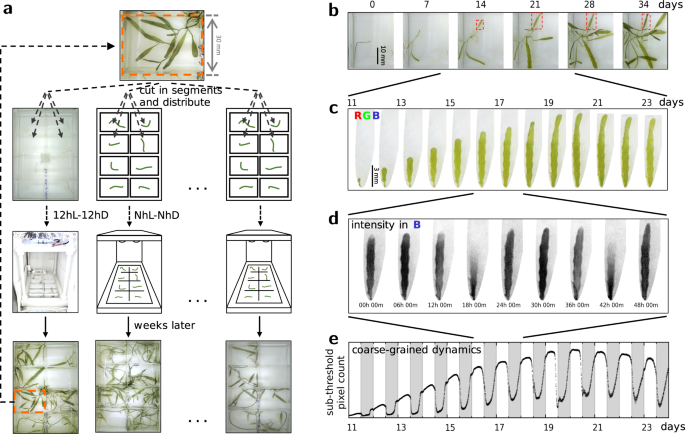2023-11-21 ミュンヘン大学(LMU)
◆これにより、植物のMDLタンパク質が人間のMIFタンパク質と結合し、免疫に関連するシグナリング経路を活性化できることが示唆されます。これは、植物由来の微粒子や植物食品に対する免疫反応に関与する可能性があり、これによりアレルギーやハーブの薬の効果などが理解される手がかりとなります。ただし、具体的な影響を確認するためにはさらなる研究が必要です。
<関連情報>
- https://www.lmu.de/en/newsroom/news-overview/news/plant-proteins-influence-by-imitation.html
- https://www.science.org/doi/10.1126/scisignal.adg2621
植物MDLタンパク質がヒト細胞のCXCR2およびCXCR4受容体においてサイトカインMIFと相乗作用を示す Plant MDL proteins synergize with the cytokine MIF at CXCR2 and CXCR4 receptors in human cells
Lukas Spiller,Ramu Manjula,Franz Leissing,Jerome Basquin,Priscila Bourilhon,Dzmitry Sinitski,Markus Brandhofer,Sophie Levecque,Simona Gerra,Björn Sabelleck,Lin Zhang,Regina Feederle,Andrew Flatley,Adrian Hoffmann,Ralph Panstruga,Jürgen Bernhagen,and Elias Lolis
Science Signaling Published:21 Nov 2023
DOI:https://doi.org/10.1126/scisignal.adg2621
Editor’s summary
Plant MDL proteins are homologous to the proinflammatory cytokine MIF and mimic some of the effects of MIF in human cells. Spiller et al. demonstrated synergism between MIF and plant MDL proteins. The three Arabidopsis thaliana MDLs formed trimers with high structural similarity to those formed by human MIF. In vitro, yeast, and plant assays demonstrated that MDL1 and MDL2 oligomerized with each other and with MIF and enhanced MIF-mediated activation of the receptors CXCR2 and CXCR4. MDL1 augmented MIF-induced chemotaxis and inflammatory gene expression in human neutrophils and lung epithelial cells, respectively, indicating that these plant proteins have the potential to modulate cellular responses to MIF. —Annalisa M. VanHook
Abstract
Mammalian macrophage migration inhibitory factor (MIF) and its paralog, D-dopachrome tautomerase, are multifunctional inflammatory cytokines. Plants have orthologous MIF and D-dopachrome tautomerase–like (MDL) proteins that mimic some of the effects of MIF on immune cells in vitro. We explored the structural and functional similarities between the three Arabidopsis thaliana MDLs and MIF. X-ray crystallography of the MDLs revealed high structural similarity between MDL and MIF homotrimers and suggested a potential explanation for the lack of tautomerase activity in the MDLs. MDL1 and MDL2 interacted with each other and with MIF in vitro, in yeast, and in plant leaves and formed hetero-oligomeric complexes with MIF in vitro. The MDLs stimulated signaling through the MIF receptors CXCR2 or CXCR4 and enhanced the responses to MIF in a yeast reporter system, in human neutrophils, and in human lung epithelial cells. Pharmacological inhibitors that disrupted MIF activity or prevented the formation of MIF-MDL hetero-oligomers blocked the observed synergism. These findings demonstrate that MDLs can enhance cellular responses to MIF, which may have functional implications in tissues exposed to MDLs from the diet or environment.



